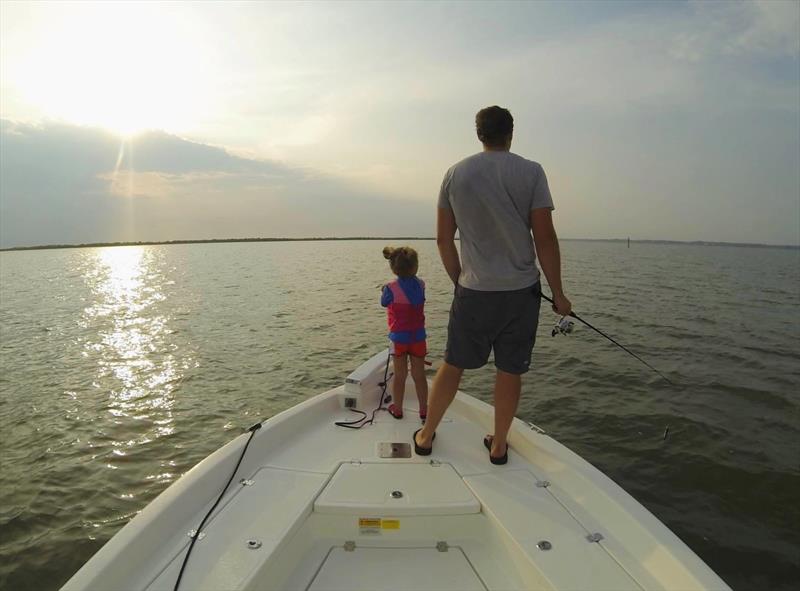
We are making progress on two major recreational fishing data collection initiatives
by NOAA Fisheries 15 Aug 2024 15:52 UTC

Dad and daughter fishing © NOAA Fisheries
We may be in the dog days of summer, but I am pleased to share that progress continues on two high-visibility recreational fishing data collection initiatives — our Fishing Effort Survey study and the collaborative initiative to re-envision the partnership.
Earlier this summer, I provided an initial update where I shared the desire and need for our recreational fishing data collection partnership to be "nationally coherent and regionally specific" and for improvements to be informed through our partners and the recreational fishing community.
My most important takeaway for you right now is that both of these initiatives remain on track.
First, the Fishing Effort Study. We are entering the eighth month of survey administration as part of our year-long large-scale study to determine differences in respondent recall and resulting recreational fishing effort estimates between the current Fishing Effort Survey design and a revised design. The revised FES design being tested is producing improved data quality in alignment with prior pilot studies. Two main points: We continue to see a large reduction in reporting errors and illogical responses. Also, respondents have been less likely to indicate more trips for the 2-month fishing reference period than for the 12-month reference period. Please note that there is still a large amount of data to collect and analyze before fully informed comparisons can be made, including the direction and magnitude of differences in effort estimates. However, we are optimistic this study will inform considerable, near-term improvements to the Fishing Effort Survey and resulting effort estimates.
Regarding the timeline, we plan to conclude data collection for the study by the end of the year. In summer 2025, we will produce report outlining key findings. Ultimately, in 2026, we will determine if and how a new design will be implemented in collaboration with our partners and pending favorable study results and peer review.
For our second major initiative, we continue to re-evaluate our recreational fishing data collection partnership approaches. As many of you know, the goal is to transition to a new, collaboratively developed vision for the state-federal partnership in 2026 — one that better meets regionally specific data needs for sustainable, adaptive fisheries management.
So far this year, we've held four virtual briefings with approximately 150 key partners and members of the recreational fishing community across the nation to introduce the effort and garner initial feedback on the re-envisioning process and objectives. Out of these sessions, a few key themes emerged, including the need to:
- Build trust and credibility with state partners and the angling community
- Acknowledge and seek regional data collection flexibility
- Determine allocation of limited resources through regional data collection priorities
- Make sustainable fisheries decisions based on more timely, precise, and accurate data
- Properly integrate and compare different data streams to best inform stock assessments
- Develop adaptive management frameworks that better consider data uncertainty and limitations
- Continue work to improve recreational fishing effort estimates, and consider novel technologies to track or compare recreational fishing effort estimates
- Establish transparent, consistent, and centralized data management programs for all partners
This summer and fall, we will host additional discussions with key partners and schedule listening sessions during specific regional fishery management council meetings. If you are interested in participating in one of these listening sessions, please reference your regional Council website for information. In early 2025, we plan to designate working groups, and in summer 2025, we anticipate hosting a series of regional workshops to develop a shared vision and action plan for release by the end of the year.
As we work through the re-envisioning process, we will continue to incorporate immediate, positive changes along the way.
Enjoy the rest of your summer. I will stay in touch.